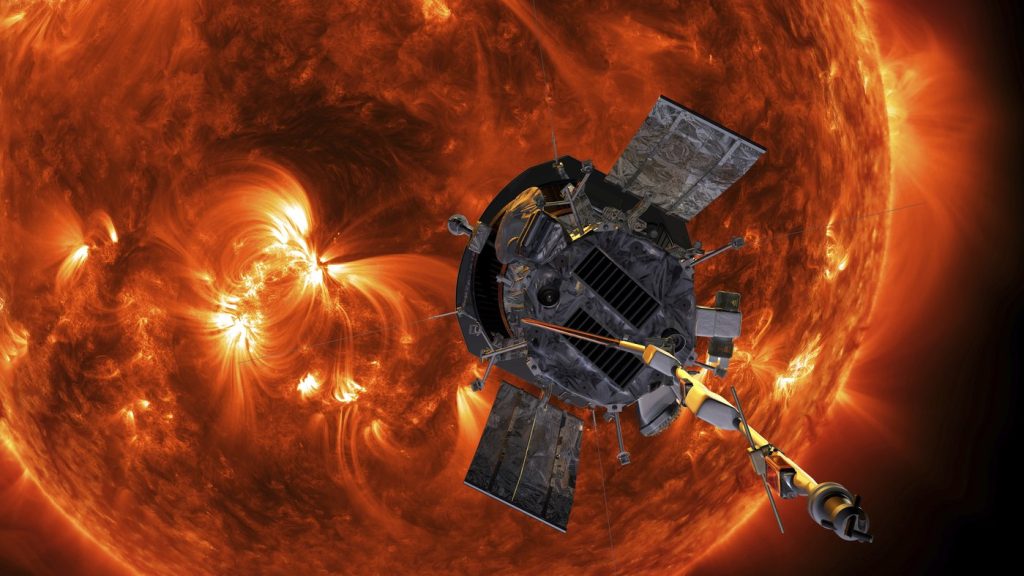NASA’s Parker Solar Probe aims to fly closer to the sun like never before

Posted December 22, 2024 9:00 am.
Last Updated December 22, 2024 2:34 pm.
NEW YORK (AP) — A NASA spacecraft aims to fly closer to the sun than any object sent before.
The Parker Solar Probe was launched in 2018 to get a close-up look at the sun. Since then, it has flown straight through the sun’s corona: the outer atmosphere visible during a total solar eclipse.
The next milestone: closest approach to the sun. Plans call for Parker on Tuesday to hurtle through the sizzling solar atmosphere and pass within a record-breaking 3.8 million miles (6 million kilometers) of the sun’s surface.
At that moment, if the sun and Earth were at opposite ends of a football field, Parker “would be on the 4-yard line,” said NASA’s Joe Westlake.
Mission managers won’t know how Parker fared until days after the flyby since the spacecraft will be out of communication range.
Parker planned to get more than seven times closer to the sun than previous spacecraft, hitting 430,000 mph (690,000 kph) at closest approach. It’s the fastest spacecraft ever built and is outfitted with a heat shield that can withstand scorching temperatures up to 2,500 degrees Fahrenheit (1,371 degrees Celsius).
It’ll continue circling the sun at this distance until at least September. Scientists hope to better understand why the corona is hundreds of times hotter than the sun’s surface and what drives the solar wind, the supersonic stream of charged particles constantly blasting away from the sun.
The sun’s warming rays make life possible on Earth. But severe solar storms can temporarily scramble radio communications and disrupt power.
The sun is currently at the maximum phase of its 11-year cycle, triggering colorful auroras in unexpected places.
“It both is our closest, friendliest neighbor,” Westlake said, “but also at times is a little angry.”
___
The Associated Press Health and Science Department receives support from the Howard Hughes Medical Institute’s Science and Educational Media Group. The AP is solely responsible for all content.
Adithi Ramakrishnan, The Associated Press








